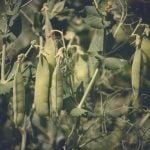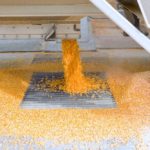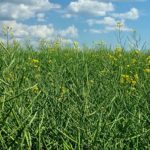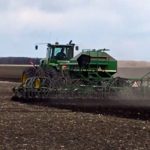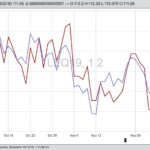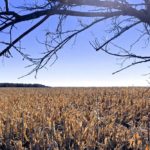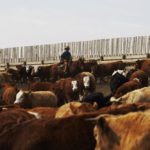CNS Canada — The flat western Canadian feed grain market will continue for the forseeable future, but there could be slight changes around the holidays and into the New Year. “The market has been relatively flat for several weeks now and my guess is it will continue to be that way into the New Year. […] Read more


